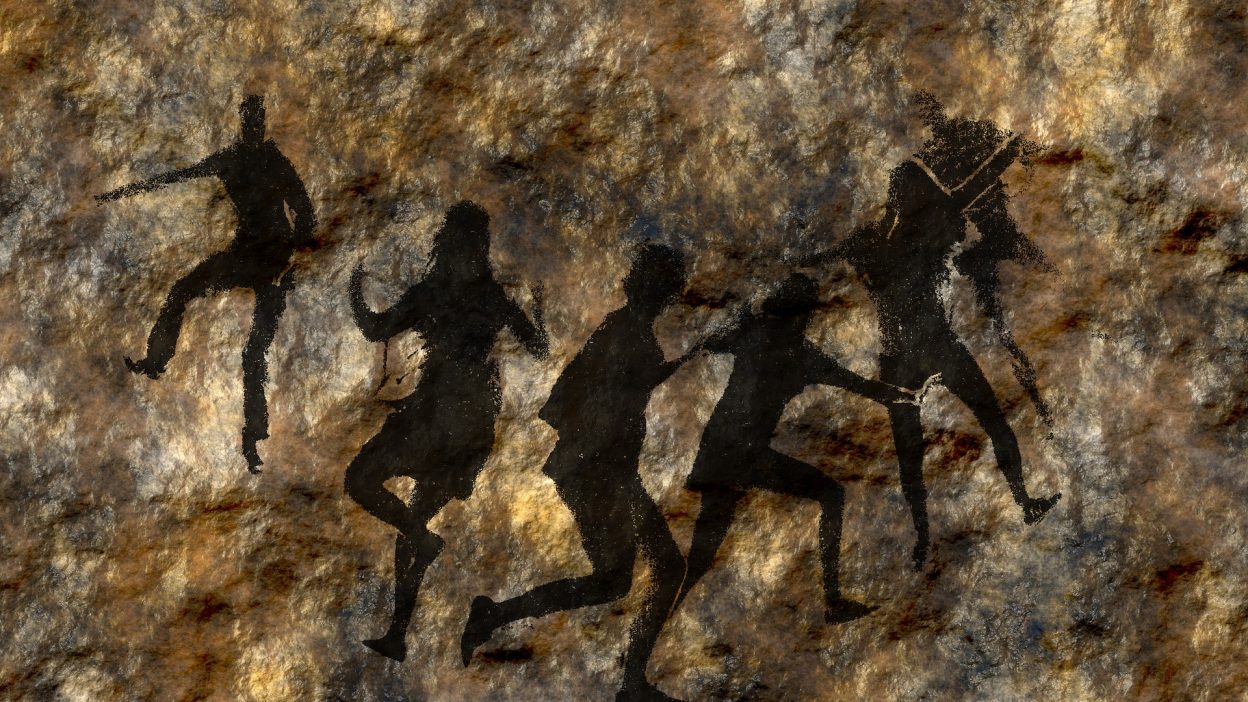Communication has come a long way from ancient cave paintings to ultra-fast smartphones.
This article explores the evolution of messaging, from smoke signals and pigeon posts to Morse code and mobile phones, highlighting the innovations that have shaped the way we connect today.
Imagine living in a world where the only way to communicate with someone far away was by sending a trained pigeon or lighting a fire. While today’s instant messaging and video calls seem effortless, staying in touch wasn’t always this easy. The history of communication is a fascinating journey filled with creative solutions, each paving the way for modern technology.
From primitive symbols on cave walls to the first mobile phone and beyond, let’s dive into the incredible evolution of communication.
Early Forms of Communication
Cave Paintings: The First Recorded Messages
Before letters, emails, or emojis, early humans used cave paintings to pass down knowledge. Dating back nearly 30,000 years, these drawings acted as the earliest form of communication, helping people share important information about hunting, survival, and even early storytelling.
Smoke Signals: The First Wireless Messaging
Around 150 BCE, the ancient Greeks developed a system of alphabetical smoke signals to send messages over long distances. While it wasn’t as sophisticated as today’s encrypted messaging apps, it was an early form of wireless communication!
Runners: The Original Postal Service
In ancient Greece and Rome, trained runners carried crucial messages across vast distances. Whether it was military orders or new laws, these couriers were vital to keeping empires connected—much like email in today’s world.
Pigeon Post: Nature’s Delivery System
Homing pigeons were widely used for centuries due to their natural ability to find their way home. Even in modern times, pigeon post has been used for fun or special occasions, proving its long-lasting impact on communication.
Drums and Morse Code: The Birth of Signal-Based Messaging
In some cultures, drums were used to communicate over long distances, much like Morse code, which was invented in the 19th century by Samuel Morse. This system of dots and dashes became the foundation of telegraph communication and later influenced modern messaging technologies.
The Rise of Telecommunication
The First Mobile Communication System
Fast forward to 1960, and Sweden introduced the Mobile Telephone System A, an early version of mobile communication. However, these devices were massive, requiring a car to transport them!
The First Ever Mobile Call (1973)
The first real mobile phone call was made in 1973 by Martin Cooper, a senior engineer at Motorola. He used a phone nicknamed “the brick” due to its 2-pound weight and large size. Though revolutionary, it had just 30 minutes of battery life and took 10 hours to recharge.
The First Commercial Mobile Phone (1983)
A decade later, the first commercially available mobile phone hit the market. However, it came with a hefty price tag of nearly $4,000, making it a luxury for business professionals rather than everyday consumers.
The Digital Revolution: The Smartphone Era
The First Text Message (1992)
In 1992, the world saw the first-ever SMS text message, which simply read, “Happy Christmas!” This small innovation eventually led to today’s instant messaging culture.
The First Smartphone (1994)
IBM released the Simon Personal Communicator in 1994, the world’s first smartphone. While primitive by today’s standards, it allowed users to make calls, organise tasks, and manage contacts—all for a hefty $900 price tag.
The Birth of Mobile Gaming (1997)
In 1997, Nokia introduced “Snake”, one of the most famous mobile games of all time. This simple game laid the foundation for the mobile gaming industry, which is now worth billions of dollars.
The First Camera Phone (2000)
Sharp launched the world’s first phone with a built-in camera, the J-SH04, in 2000. However, it was available only in Japan, and the concept of selfies had not yet taken off globally.
Touchscreen Phones and the Rise of Smart Technology (2007-2011)
With the introduction of touchscreen smartphones in 2007, mobile devices transformed into powerful tools for communication, entertainment, and work. By 2011, smartphones had become essential, featuring 4G networks, voice recognition, and advanced mobile apps.
Modern-Day Communication: A World of Instant Connection
Today’s smartphones are incredibly thin, lightweight, and powerful compared to early mobile devices. Some of the slimmest smartphones are less than one-fifth of an inch thick, while the lightest models weigh around 3 ounces—less than a deck of cards! Despite their sleek design, modern smartphones are packed with high-resolution cameras, ultra-fast processors, and AI-powered features. Whether it’s messaging, video calls, or social media, staying connected has never been easier.




